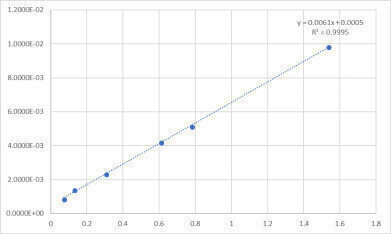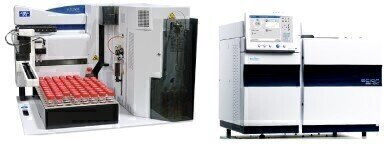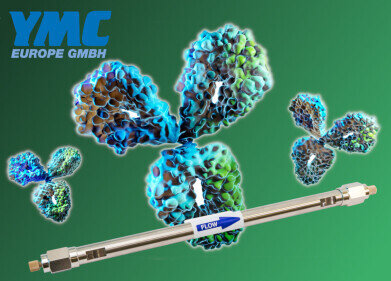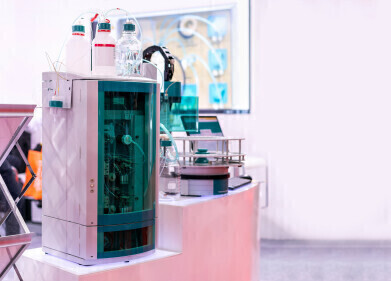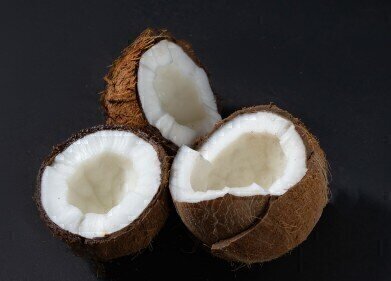Ion chromatography (IC)
Determination of 1,4-Dioxane Contamination from Drinking Water
Oct 24 2018
Introduction
1,4-dioxane is a synthetic industrial chemical stabiliser used for many different purposes. Historically, 90% of all 1,4-Dioxane was used for the transport of chlorinated hydrocarbons in aluminium containers1.
This highly soluble clear ether does not readily bind to soils therefore it can easily leach into groundwater resulting in contamination of drinking water. Contamination of water supplies is vast in the USA with dioxane levels ranging from 2ppb to over 11,000ppb being detected at 67 different sites. Critically, over 34 of these different locations have been deemed a priority for the release of the contaminant into the drinking water supply2. Due to being persistent in nature, 1,4-Dioxane does not undergo natural bio-degradation processes.
The United States Environmental Protection Agency (US EPA) classified 1,4-Dioxane as a likely carcinogenic to humans with common side effects including irritation to eyes, nose and throat with longer effects being kidney and liver damage.
Federal screening levels and state health-based drinking water guidance values have been established; the guidance range is from 0.25ppb to 77ppb, with the average contamination ranging from 3-6ppb1.
Experimental
A Teledyne Tekmar Atomx Purge and Trap was coupled with a SCION 456 GC-MS (SQ). High purity water samples were gravimetrically spiked with low level concentrations of 1,4-Dioxane. Six standards were prepared with a concentration range of 0.3ppb to 6ppb, with the addition of fluorobenzene as an internal standard. High purity water was spiked with 1,4-Dioxane and were analysed using the Atomx Sparge 5mL vessel with no heating unit installed. Single Ion Monitoring (SIM) was used to identify m/z 88, the quantifier ion of 1,4-Dioxane. The analytical conditions of the GC-MS can be found in Table 1 whilst Figure 1 shows the instrumentation used.
Results
The results shown in Table 2 were generated from the six analysed standards of 1,4-dioxane. These values were used to form the calibration curve with an R2 of 0.999(Figure 2).
Figure 3 and shows the extracted ion chromatogram of 1,4-Dioxane at 0.3ppb using m/z 88.
Fluorobenzene, the internal standard used, and 1,4-Dioxane have a retention time of 5.94 minutes and 6.75 minutes respectively, making this application time efficient. Although the limit of detection was not tested, the lowest standard of 0.3ppb yielded a S/N (RMS) of 11, this indicating that the limit of detection (LOD) would be considerably lower.
Discussion & Conclusion
Using a highly sensitive, automated SCION GC-MS (SQ) coupled with the Teledyne Tekmar Atomx XYZ Purge and Trap, it was possible to detect low-level concentrations of 1,4-Dioxane in drinking water. The simple yet reliable method demonstrates excellent sensitivity with low detection limits of 0.3ppb being easily quantified and distinguishable from the baseline.
To read full article please click here.
References
[1] 1, 4-Dioxane Fact Sheet: Support Document". OPPT Chemical Fact Sheets. United States Environmental Protection Agency. November 2017
[2] United Stated Environmental Protection Agency. 2018. National Priorities List. [ONLINE] Available at: https://www.epa.gov/superfund/superfund-national-priorities-list-npl. [Accessed 29 May 2018].
Events
May 11 2025 Vienna, Austria
May 18 2025 Tempe. AZ, USA
May 21 2025 Birmingham, UK
Jun 01 2025 Baltimore, MD, USA
Jun 15 2025 Bruges, Belgium
